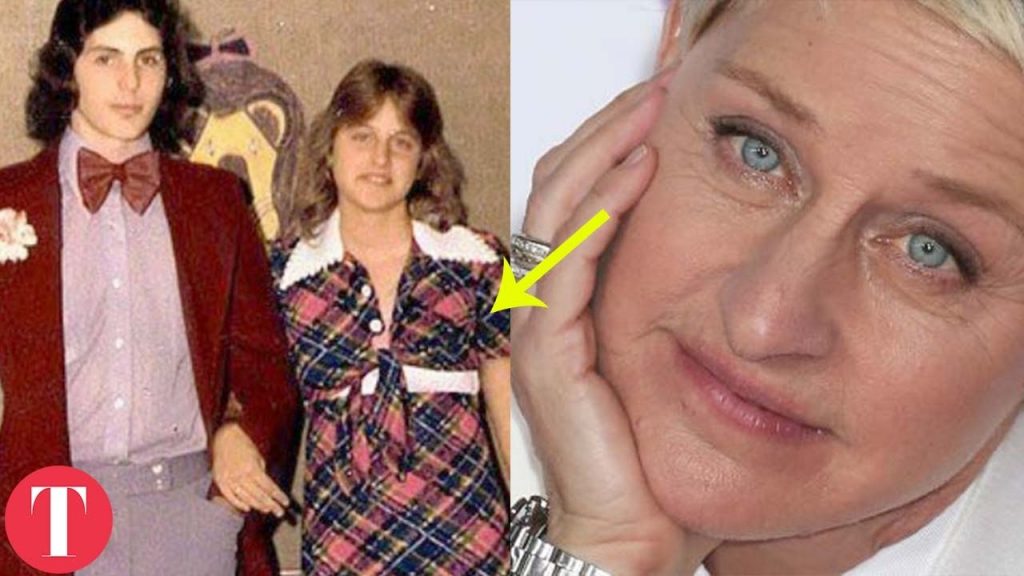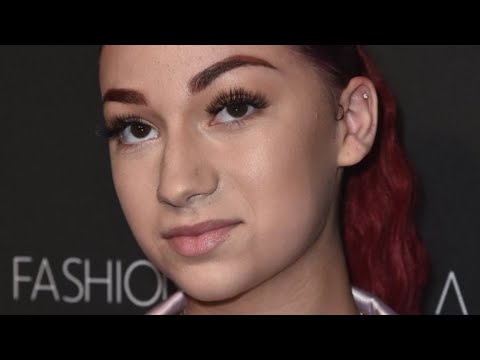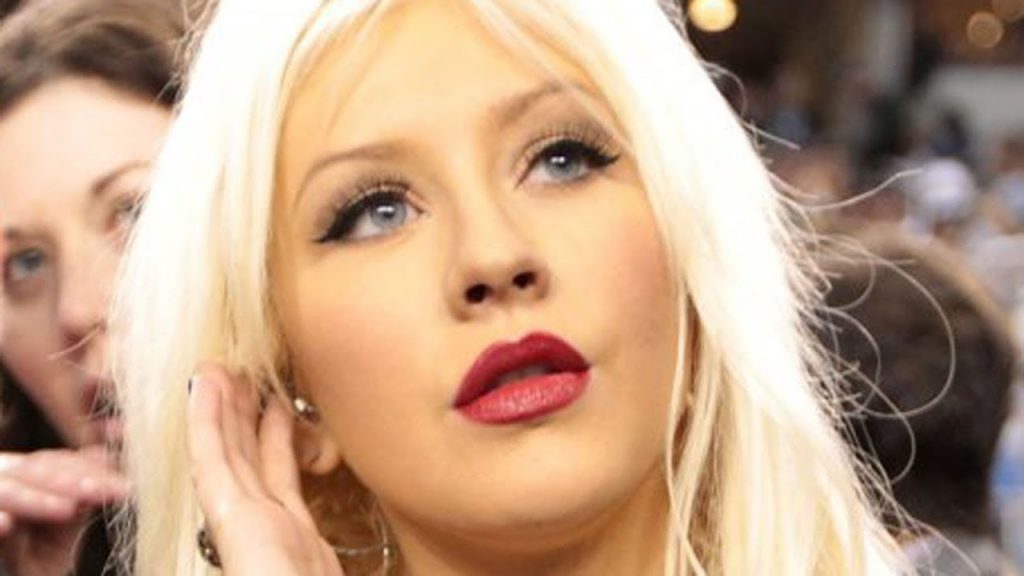The Evolution Of Women’s Makeup Throughout History

Makeup trends, then and now: this is how women around the world used to do their makeup.
The Kardashian’s may set the tone for beauty and makeup standards today, but makeup has been around for thousands of years. Archeologists have even found remains of what was considered makeup from 164,000 years ago. Though cosmetics weren’t used in vein until the ancient Egyptians, the evolution of makeup throughout the ages, has sure come a long way. From deadly powders, to rebellious rouges, makeup has been a staple for not only women, but also men through the centuries.
What natural materials did ancient Egyptian women use for their makeup?
The Evolution Of Women’s Makeup Throughout History
Makeup has been a part of women’s daily routine for centuries. From early civilizations like Egypt and Mesopotamia to modern-day society, women have been using cosmetics to enhance their beauty, express their creativity, and even signify their social status. Along with the changing times, the evolution of women’s makeup has taken numerous turns, reflecting the culture, trends, and innovations of each era.
Ancient Times
Women in ancient civilizations of Egypt, Mesopotamia, and Greece used various natural materials to decorate their faces and bodies. Egyptians used kohl, a black powder made of lead and other ingredients, to line their eyes and create an almond-shaped effect. They also used red ocher on their lips and cheeks and henna to dye their hair and nails. Mesopotamian women used crushed gemstones and minerals as eyeshadow and lip color, while Greek women used white lead to lighten their skin tone and add radiance.
Medieval Europe
During the Medieval period, makeup was deemed sinful and associated with prostitution, witchcraft, and other immoral activities. Women were expected to have a natural, pale complexion and cover their hair with a veil or hood. Only noblewomen were allowed to wear some makeup, such as powdered rice or flour to whiten their faces or red wine to stain their lips.
Renaissance
The Renaissance brought a revival of interest in art, literature, and beauty, leading to a resurgence of makeup products. Women used lead-based foundation to achieve a porcelain complexion, bright rouge on their cheeks, and lipstick made of beeswax and crushed flower petals. Queen Elizabeth I of England made her signature look by covering her smallpox scars with a thick layer of white powder and drawing her eyebrows high on her forehead.
20th Century
The 20th century saw a revolution in women’s makeup, starting with the suffragette movement that demanded more rights and freedom for women. World War II also played a significant role in shaping the makeup industry, as women took over men’s jobs and needed products that would withstand harsh conditions. The 1920s brought the flapper era, characterized by bold lips, smoky eyes, and short haircuts. The 1950s emphasized a more feminine and glamorous look, with red lips, cat eyeliner, and false lashes. The 1960s embraced the colorful and psychedelic makeup style, with bright eyeshadows, fake freckles, and Twiggy’s signature lashes. The 1980s and 1990s featured the power makeup style, with strong eyebrows, bold lips, and exaggerated contouring.
Today
In the 21st century, makeup has become an essential tool for self-expression and creativity, as well as a booming industry worth billions of dollars. Women have access to a vast range of cosmetics, from drugstore brands to luxury lines, catering to different skin types, preferences, and budgets. Social media platforms like Instagram and YouTube have enabled beauty influencers to share their makeup skills and inspire millions of followers worldwide. The current trends include natural, glowy looks, minimalistic products, and eco-friendly and cruelty-free brands.
In conclusion, the evolution of women’s makeup throughout history has been a fascinating journey, reflecting the cultural, social, and technological changes of each era. From ancient rituals to modern-day beauty routines, makeup has played a significant role in shaping the image and confidence of women from all walks of life. As we move forward, it’s exciting to see what new innovations and trends the future holds for the makeup industry.









The Truth About Sandra Bullock’s Relationship With Bryan Randall
These WEAVER ANT NESTS Will Blow Your Mind
Celebrities Who Live In Their Partners Shadow
Live PD: So Many Lives in Danger (Season 3) | A&E
Celebs With Embarrassing Drinking Stories